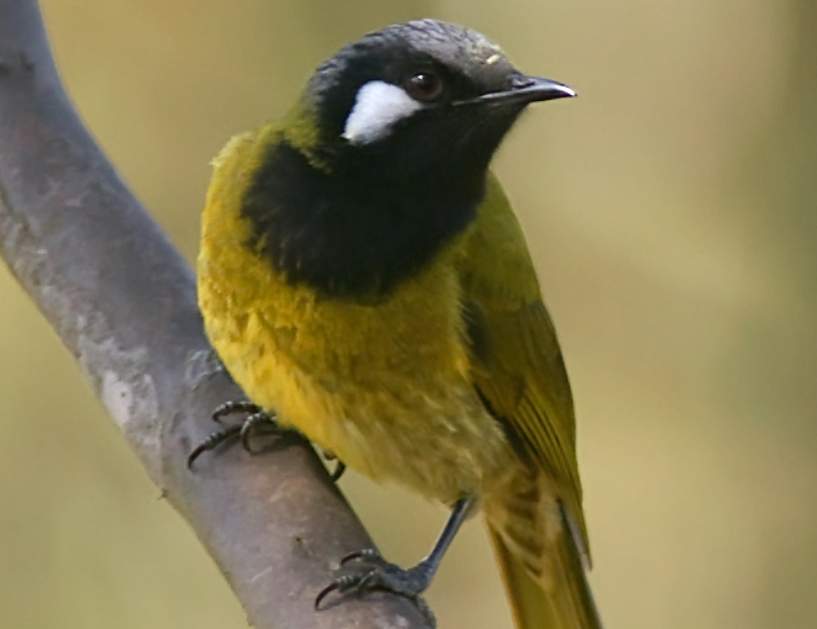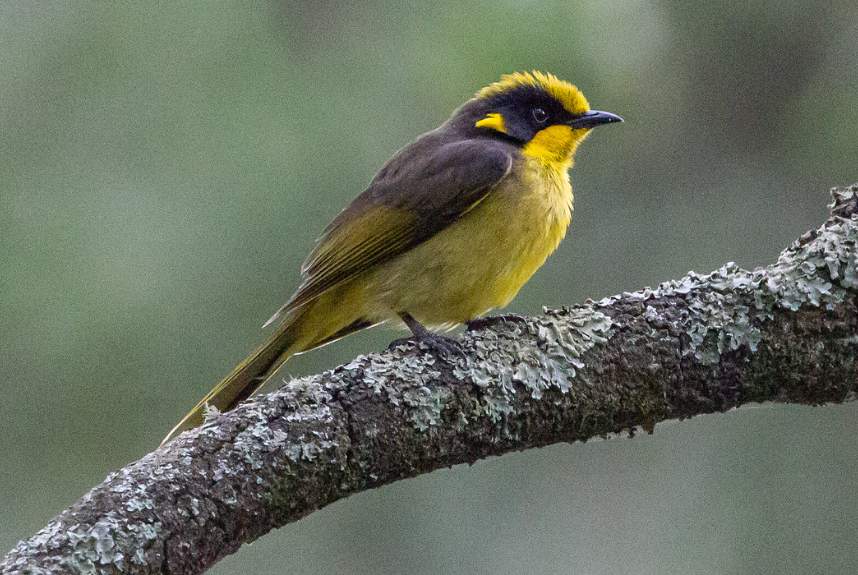Habitat: The thick-billed grasswren (Amytornis modestus) is the only grasswren to inhabit the shrub steppes of saltbush and bluebush Chenopodiaceae in inland Australia. Yet despite the ubiquity of its habitat, its occurrence is patchy and localized, and it has disappeared from large areas that it once occupied in Western Australia and New South Wales. Overgrazing and trampling by sheep are the suggested causes.
Behavior: The birds are sedentary, established pairs keeping to the same 20–40-hectare pockets year-round, and rarely, if ever, banding together with neighbors in loose foraging groups after breeding. Most feeding is done during the early-mid-morning and later afternoon, with the birds foraging on the ground under and around bushes and making blurring zigzagging runs from one patch of cover to the next, heads down and tails erect. As they stop to feed, they hop, picking up a wide range of seeds and fewer insects. During the hot midday hours, thick-billed grasswren rest and hide under bushes. If disturbed, they scatter in a flash, even diving down rabbit holes.
During breeding, the male sings sporadically to advertise territory, hopping up through shrubs to open branches on top, tail cocked, but he is not as vocal as other grasswrens. The female builds the nest unaided, but the male may assist with incubation; it would be a trait unique to the family. Both parents feed the young, who pass through a ‘cryptic’ phase after fledging before following their parents and learning to feed.
Identification: The male bird is generally drab brown above, including wings, and paler fawn below, grading to whitish on the center of the belly, heavily to lightly streaked with white, edged faintly dusky, overhead to midback and breast. The tail is slender, drab brown, and faintly rufous. No brow or malar stripe. The eyes are deep brown. The bill is dusky. The feet are dark gray. The female bird has a chestnut patch on either side of the lower breast. The immature (as an adult) is duller and more diffusely streaked.
Vocalization: Thick-billed grasswren call soft, cricket-like chirps in contact and squeak in alarm. Commonly silent. The song is a short, reedy, metallic trill, filling out into an up-slurring whistle, sporadically by the male.
Nesting and Breeding: Thick-billed grasswren nesting and breeding occur in August–September or January–April. Nest a flimsy semidome, sometimes fully covered or a deep cup, of loosely interwoven grey twigs, grasses, and fiber; lined with finer material, down, fur, and feathers; placed within foliage of shrubs (saltbush, bluebush) to 600 mm above ground.
Eggs: The bird lays two or three eggs; dull cream white, closely speckled and blotched all over with red-browns and greys; swollen oval, about 21 x 15 mm.
Distribution: Thick-billed grasswren is found in patchy and local saltbush-blue bush shrub steppe across the southern inland mainland, from Shark Bay area, WA, to northwestern New South Wales.
Races: There are three races: one in the west; one through the upper Eyre Peninsula, SA; and the third through the western and southern Lake Eyre-Darling basins, South Australia, and New South Wales.
Alternative Names: It is also known as Western grasswren and Large-tailed grasswren.
Size: The thick-billed grasswren measures about 150–200 mm.
Read More: The Small Australian Fernwren







